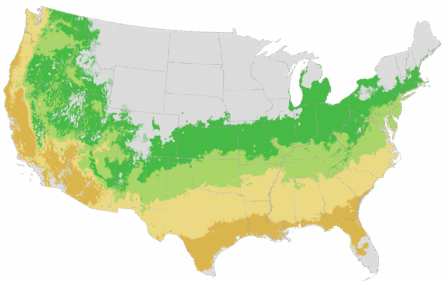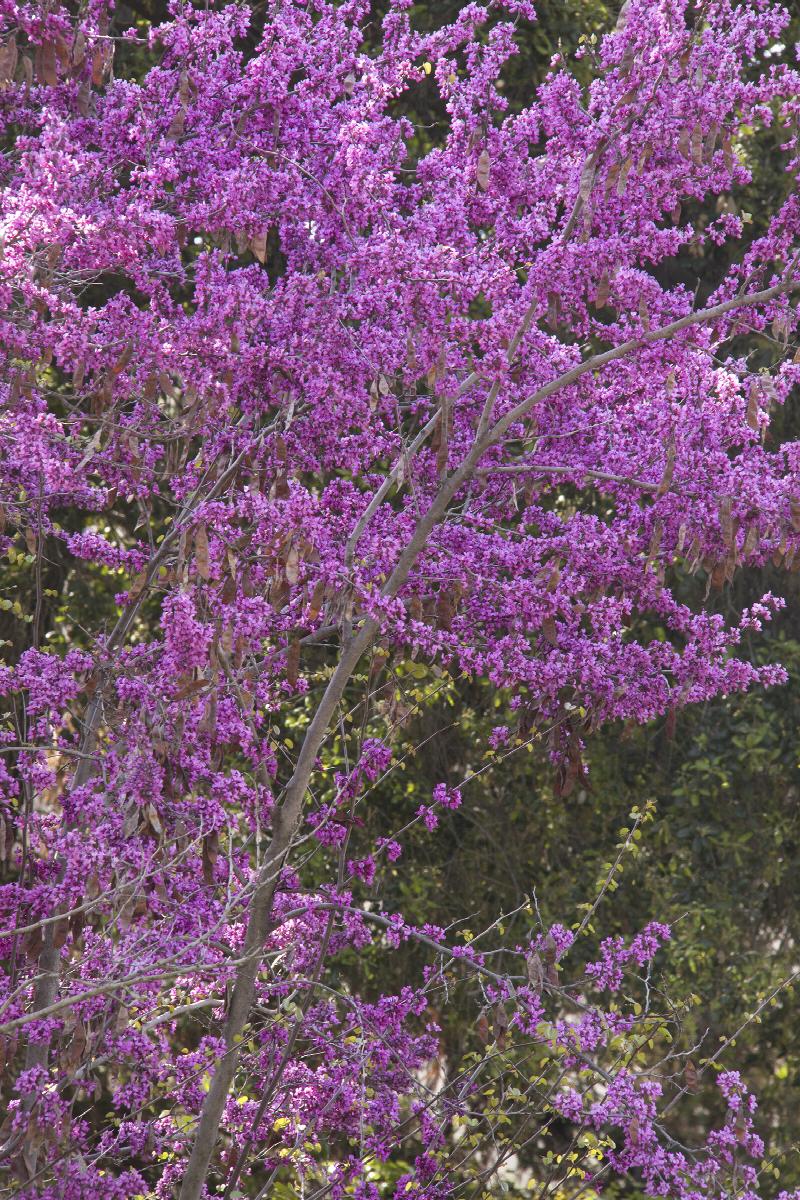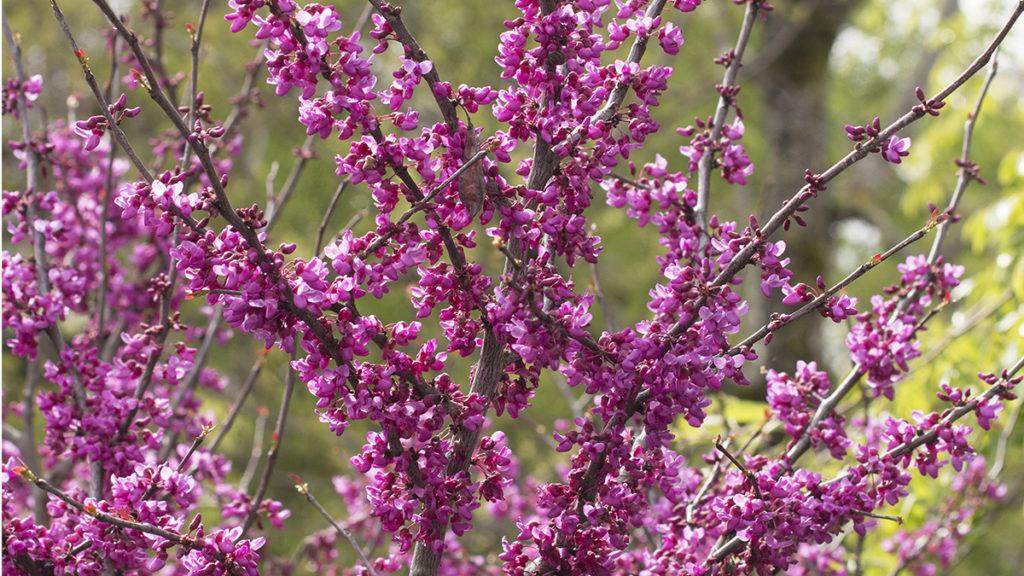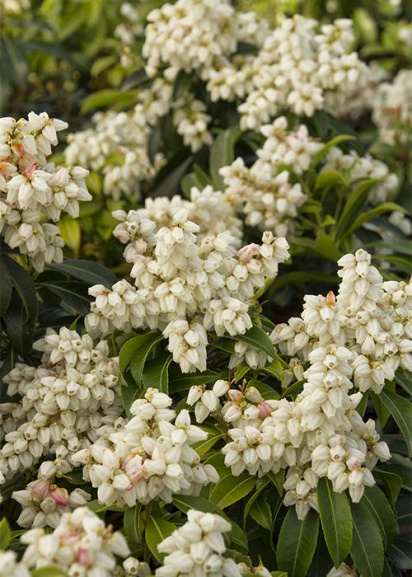Claremont Western Redbud
Cercis occidentalis 'Claremont'
Pronunciation: SER-sis ok-si-den-TAY-lis
SKU #07062
| Description | An exceptional profusion of rich, dark pink flowers that explode in late winter to early spring, followed by distinctive thick blue-green leaves. Yellow fall foliage is accented by maroon seedpods that may linger through winter. An outstanding form as compared to the species. This Southwestern native selection is more tolerant of heat and drought stress than Eastern Redbuds. An ideal small tree for dry, minimal-care landscapes. Deciduous. |
|---|---|
| Light | Full sun, Partial sun |
| Watering | Once established water deeply occasionally. |
| Blooms | Late winter to early spring |
| Mature Size | Moderate growing; reaches 12 to 20 ft. wide, 10 to 15 ft. tall. |
| Deciduous/Evergreen | Deciduous |
|---|---|
| Special Features | Attractive Bark, Easy Care, Fall Color, Waterwise, Benefits Birds |
| Growth Rate | Moderate |
| Flower Attributes | Showy Flowers |
| Landscape Use | Privacy Screen |
|---|---|
| Flower Color | Pink |
| Companion Plants | Oregon Grape Holly (Mahonia); Potentilla (Potentilla); Snowberry (Symphoricarpos); Dogwood (Cornus); Witch Hazel (Hamamelis) |
| Care | Adapts to a wide variety of soils, even clay; thrives in average to lean, well-drained soil. Best with some winter chill for optimal flowering. Water deeply, regularly during first few growing seasons to establish an extensive root system; reduce frequency once established. Provide some shade and supplemental water in hot, desert-like regions. |
|---|
| Lore | Western Redbud (Cercis occidentalis) is native on dry slopes and often found next to a spring or seasonal creek, in the coast ranges and Sierra Nevada foothills to 4500 ft. in elevation, and east to Utah. The genus name Cercis comes from the Greek word "kerkis" which means "weaver's shuttle" in reference to the shape of the fruit. "Occidentalis" translates from Latin as "of the west" as this species is found only in the western United States. According to the USDA natural Resources Conservation Service, Native Americans used the branches in baskets, and historically burned redbud plants in the fall to encourage lush, new spring growth for basket making. |
|---|
This Plant's Growing Zones: 6-9

Your USDA Cold Hardiness Zone:
Your climate may be too cold for this plant
Buy Online
We cannot currently ship this product to your zip code.
Buy Locally
No Retailers found within 50 miles of your zipcode
About Us
We have been pioneers and craftsmen in the art of growing plants for nearly
100 years. Since our founding in Southern California by Harry E. Rosedale, Sr.
in 1926, we have been absolutely dedicated and obsessed with quality.
We have been pioneers and craftsmen in the art of growing plants for nearly 100 years. Since our founding in Southern California by Harry E. Rosedale, Sr. in 1926, we have been absolutely dedicated and obsessed with quality.


